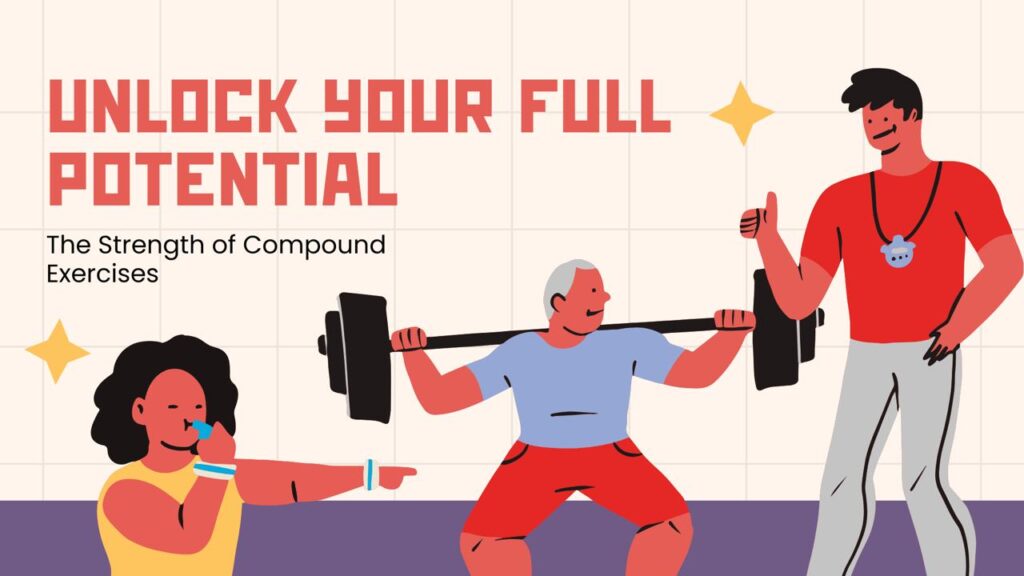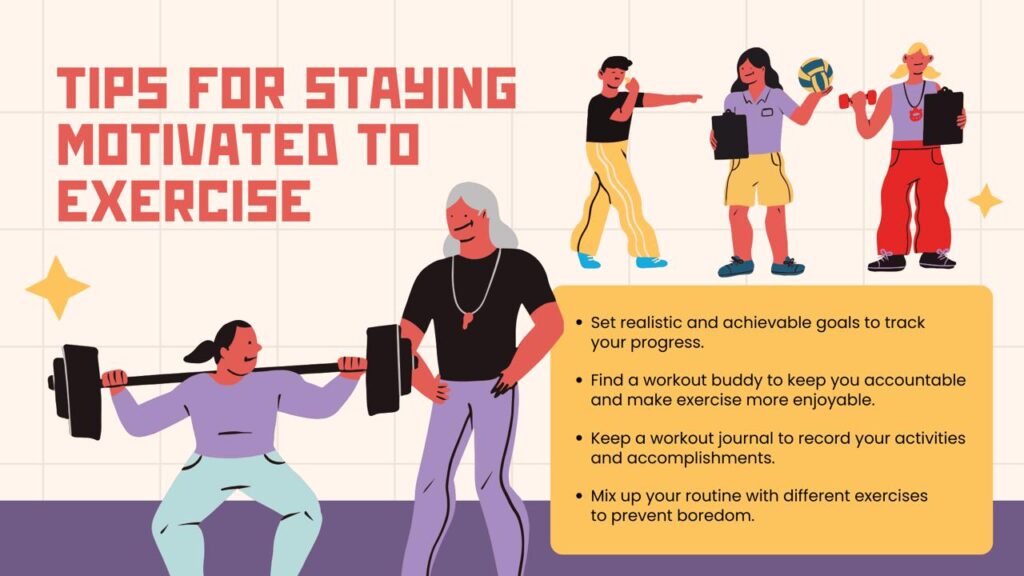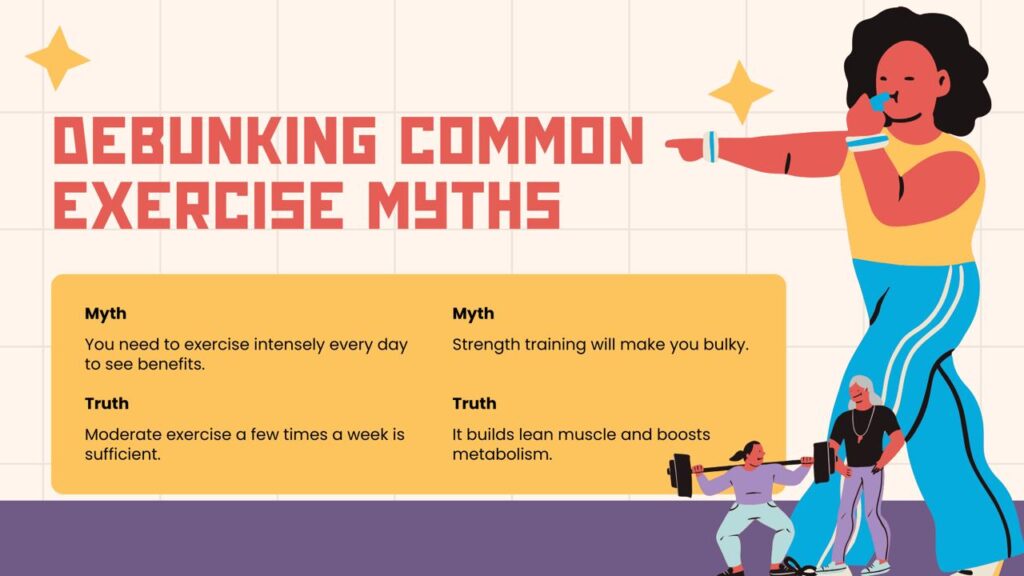Do you want to get rid of spending hours at the gym, performing massive amounts of isolation exercises and not getting the results that you really want? Now is the time to unleash your potential and change the way you train. The secret? Compound exercises.
In the world which is so busy with isolating individual muscles, the exceptional advantages of the compound movements are sometimes forgotten. However, when it comes to working on actual strength, mass gaining, burning up some mainstream fat, and enhancing the overall athleticism, compound movements are the missing link that you need.
What are Compound Exercises?
Compound exercises are multi joints which involve more than one group of muscles at a time. In contrast to isolation adaptations (such as a bicep curl or triceps extension), which only involve one muscle and joint per exercise, a compound movement resembles the pattern of movement a human does and uses a cacophony of muscles to carry out the movement.
Consider this: when you lift a heavy box you are not using only your biceps. You use a synchronized area of movement of your legs, your back, your core, and your arms. There is a compound movement at work.

Benefits of Compound Exercises
In that regard, why would compound exercises be the core of your exercise program?
1. Minimal Phase Delays
Since maximum muscle recruitment occurs during compound exercises due to the multi-joint muscle inclusion in the exercise, then by the rule of parsimony, compound exercises induce a much greater percentage of muscle fibers and therefore a faster gain. It results in a more pronounced anabolic effect, which increases muscle bulk (hypertrophy) and power gains within a shorter time. Desire more quads, gluteus and a better back? Your best friends are squats, dead lifts and rows.
2. Helps to burn calories, burn fat
Using more muscles at once creates a higher demand of energy. This implies that on the compound exercises the caloric burning through your period of exercise is much more and so is your caloric burning after the exercise (EPOC- Excess Post-exercise Oxygen Consumption). Through more basic terms, you will not only be burning calories during your time of exercise but hours to come, you will be placing your body in a fat burning oven.
3. Increase Hormonal Response
The larger the muscle group that is being trained (e.g. squats and dead lifts) the higher the amount of muscle building hormones like testosterone and growth hormone are released. The hormones play an important role in the repair and growth of muscles as well as enhancement of body composition.
4. Increase Functional Strength and Athleticism
Isolating a single muscle is a very seldom activity in our day to day life or in our sports activities. Compound lifts develop real world strength that is transfers directly into better performance in sport, work and injury protection. You will perform better, you will feel powerful and you will be more enduring
5. Time saving
Lifting just a couple of compound exercises instead of five separate exercises for individual body parts can also be used to target the whole body as well. This will enable you to schedule an effective workout in less time frame which means that it is less challenging to adhere to your routine.
6.Enhance Stability and Co-ordination
Compound movements need lot of coordination, balance and core stability. Doing them on a regular basis will make a drastic difference in terms of proprioception (how your body perceives space) as well as in general body control.
Examples of Compound Exercises
The following are some compound exercises that must be the staple in pretty much any training plan:
1. Squats (Barbell, Dumbbell, Goblet)
Primary Muscles Worked:
- Quadriceps
- Hamstrings
- Gluteus maximus
- Core (abdominals and lower back)
Why Do It:
Squats are foundational for lower body strength and mobility. They train your hips, knees, and ankles to move together efficiently while stabilizing your spine.
How to Do a Barbell Back Squat?
- Setup:
- Position the barbell on your upper traps (not neck).
- Feet shoulder-width apart, toes slightly pointed out.
- Movement:
- Brace your core.
- Sit your hips back and down as if sitting into a chair.
- Keep your knees in line with your toes and chest upright.
- Lower until thighs are parallel (or deeper if mobility allows).
- Push through your heels to stand up.
Common Variants:
- Dumbbell Squat: Hold dumbbells at your sides.
- Goblet Squat: Hold a single dumbbell or kettlebell at chest height.
2. Deadlifts (Conventional, Sumo, Romanian)
Primary Muscles Worked:
- Hamstrings
- Glutes
- Lower back (erector spinae)
- Lats, traps
- Core
- Forearms and grip
Why Do It:
Deadlifts are unparalleled for posterior chain development. They build functional strength that translates to real-world activities like lifting and carrying.
How to Do a Conventional Deadlift?
- Setup:
- Stand with feet hip-width apart, bar over mid-foot.
- Bend at hips and knees, grip bar just outside knees.
- Keep back flat, chest up, and lats engaged.
- Movement:
- Push the floor away with your feet.
- Keep the bar close to your shins as you lift.
- Extend hips and knees simultaneously.
- Stand tall, then lower the bar with control.
Variations:
- Sumo Deadlift: Wider stance, targets inner thighs more.
- Romanian Deadlift: Hinge at hips, minimal knee bend; emphasizes hamstrings and glutes.
3. Bench Press (Barbell, Dumbbell)
Primary Muscles Worked:
- Pectoralis major (chest)
- Triceps
- Anterior deltoids (shoulders)
Why Do It:
The bench press is a staple for upper body pushing power. It’s ideal for chest development and strengthening shoulder and arm stability.
How to Do a Barbell Bench Press?
- Setup:
- Lie on the bench with eyes under the bar.
- Feet flat on the floor, back slightly arched.
- Grip the bar just wider than shoulder-width.
- Movement:
- Unrack and lower the bar to mid-chest.
- Keep elbows at about a 45° angle.
- Press the bar back up explosively.
Dumbbell Variation:
- Allows a greater range of motion and reduces shoulder stress.
4. Overhead Press (Barbell, Dumbbell)
Primary Muscles Worked:
- Deltoids (shoulders)
- Triceps
- Traps
- Core (especially transverse abdominis)
Why Do It:
Overhead pressing is excellent for developing strong, stable shoulders and arms. It also demands core engagement to maintain balance and posture.
How to Do a Standing Barbell Overhead Press?
- Setup:
- Grip the bar at shoulder width.
- Bar rests on your upper chest, elbows slightly forward.
- Movement:
- Tighten your core and glutes.
- Press the bar overhead in a straight line.
- Lock out elbows at the top, biceps near ears.
Tip: Avoid arching your back by bracing your core tightly.

5. Rows (Barbell, Dumbbell, Cable)
Primary Muscles Worked:
- Rhomboids
- Lats
- Trapezius
- Biceps
- Rear deltoids
Why Do It:
Rowing movements are vital for developing a thick, strong back. They balance pressing movements and improve posture and pulling strength.
How to Do a Barbell Bent-Over Row?
- Setup:
- Hold the barbell with a pronated grip.
- Bend at the hips until your torso is nearly parallel to the floor.
- Movement:
- Pull the bar toward your lower rib cage.
- Squeeze shoulder blades together.
- Lower the bar slowly.
Variations:
- One-arm Dumbbell Row: Focuses on each side independently.
- Seated Cable Row: More controlled, constant tension.
6. Pull-Ups / Chin-Ups
Primary Muscles Worked:
- Lats (latissimus dorsi)
- Biceps
- Forearms
- Upper back (traps, rhomboids)
Why Do It:
Pull-ups are one of the best bodyweight compound exercises for upper body strength and width. They also engage the core heavily for stability.
How to Do a Pull-Up?
- Setup:
- Hang from a bar with palms facing away (pull-up) or toward you (chin-up).
- Hands slightly wider than shoulder-width.
- Movement:
- Pull your chest toward the bar, keeping elbows down and back.
- Lower yourself under control.
Tip:
Can’t do a full pull-up yet? Use resistance bands, assisted pull up machines, or negative reps.
7. Lunges (Barbell, Dumbbell)
Primary Muscles Worked:
- Quadriceps
- Gluteus maximus
- Hamstrings
- Calves
- Core (for balance and stabilization)
Why Do It:
Lunges are excellent for unilateral (single leg) strength, improving balance, coordination, and fixing muscular imbalances.
How to Do a Forward Lunge (Dumbbell)?
- Setup:
- Stand upright with dumbbells at your sides.
- Movement:
- Step forward with one leg and lower your body until both knees are at 90°.
- Push back through your front heel to return.
Variations:
- Walking Lunge: Continuous steps forward.
- Barbell Lunge: Barbell on your back, more load.
How to Incorporate Compound Exercises in Your Day to Day Routine?
Incorporation of compound exercises in your exercise regimen is really important to make the most out of beefing up your strength, muscle development and general fitness. That is how smartly they can be integrated:
- Compounds First: When you are the most energetic, always start your workouts with the most complex movement of compounds. This will guarantee that you lift more and keep your form better increasing the stimulus.
- Strategic Exercise Selection: To ensure that the main general movement patterns were addressed and large muscle groups trained efficiently, it is preferable to use staple compound movements such as the squat, deadlift and press (bench press and overhead press), and row/pull-up movement.
Choosing the Right Training Split
- Full-Body Training (2-4 times /week): The best type of training in terms of efficiency and novice, including working with all the central muscles once a week.
- Upper / Lower Split (4x / week): Suitable to intermediate lifters, with more work volume per upper body or lower body.
- Push/Pull/Legs (PPL) Split (3-6 times /week): One of the most popular plans focused at gaining muscle mass, distribution of exercises by exercise type (push, pull, legs).
- Key Progressive Overload: continue gaining by adding more weight, reps, sets or decreasing rest time, progressively. Do not put heavy weights at the expense of good form.
- Chase Aesthetic Perfection: It is best to use lighter weights in order to perfect your form. Do tutorials, think about a coach, or film yourself to confirm a correct performance and avoid injury.
- Warm up and Cool down: Warm up is easy by using dynamic stretching and low impact cardio, and Cool down is simple by using static stretching and assisting recovery with stretching.
- Embrace Recovery: changes in lifestyle habits and patterns to adequately rest, eat well, sleep 7-9 hours a good night sleep are just as important as the training itself. Look at intentional decoding weeks to avoid burnout.
With these principles, you will create a successful pattern that will make use of the strength of compound exercises to help you continuously move forward.
Training Split Conceptual: Sample
- Day 1: Lower Body Focus (Squats, Deadlifts, Lunges)
- Day 2: Chest, Rows, Pull-up: Upper body day (Bench Press, Overhead Press, Rows, Pull-ups)
- Day 3: Full body Day (Combination of above or variations)
Make sure to focus on the right posture before loading up on weight, especially in beginning. Watch the tutorials, think of hours of practice with the coach, or even record your own video to get a good idea that your technique is both secure and efficient.

Compound vs Isolation Exercises
It is not a matter everyone will always be better than the other; it is just that they are used differently:
Compound Exercises
- Objective: Strength, muscle tissue, general fitness as well as to burn calories.
- Advantage: Extremely effective, real life motions imitating, and encourages a hormonal effect.
- Best Used for: Strength training, sports, full body, time effective exercise.
Isolation Exercises
- Main Purpose: Aim at a particular set of muscles in order to gain mass, rectify a muscular disparity, or rehabilitation.
- Advantage: Enables concentrated muscle contraction, has the ability to determine muscle groups.
- Best used For: Bodybuilding (when you want to create a certain shape in your muscles), rehabilitation, lagging muscle part recovery following a compound lifts.
Consider the compound exercises as a meal; it will comprise the larger portion of your nutrients and energy content. Isolation exercises are the side dishes or the desserts in the sense that they can follow the main one but they cannot substitute the primary one when it comes to general health and strength.
Safety and Precautions
There can be no overestimation of the benefits of compound exercises, their multi-plane physicality and heavier weight need the implementation of security measures as a way to avoid an injury:
• Learn good form first: Make sure you have perfect form before weight progression. The most common cause of exercise related injuries is incorrect form. Begin with less weight or only just your body to refine movement pattern.
• Never Go Max: Never go directly to hard lifting. Start by jogging or cycling a little bit (5-10 minutes) and then stretch rigidly and dynamically imitating the motions you are going to exercise.
• Progressive Overload, Intelligently: You want to increase your weight, repetitions, or sets gradually with the course of time but never at the cost of poor form. Ego lifting is bad as you should listen to your body.
• Spotters: When performing heavy-lift exercise such as bench press or any other squat, be careful never to push heavy weights without a spotter just in case your muscles fail you.
• Be aware of your Body: Do not force yourself to aggressively work through a sharp pain. Accept that there is distinction between muscle soreness and pain. Recovery and rest are equally important, as the training.
Conclusion
Compound exercises are a must in case you want to develop a robust, capable, and clean-looking body. They are the most effective, efficient, and natural form of training your body to strength and size as well as athletic abilities.
The time you spend on the exercising activities that bring insignificant benefit is wasted. Accept the benefits of compound movements , push your body to the next level and really see what you are capable of. Your body will not regret it.

 Medically reviewed by
Medically reviewed by